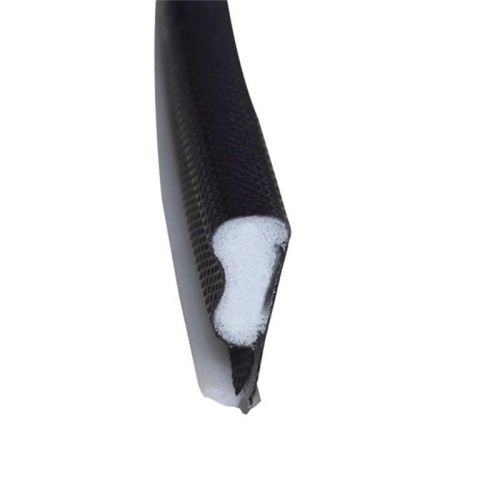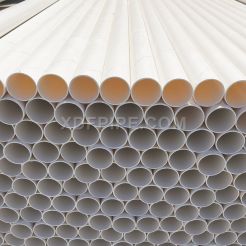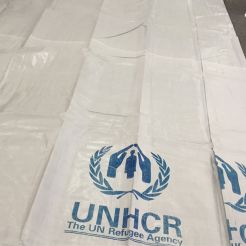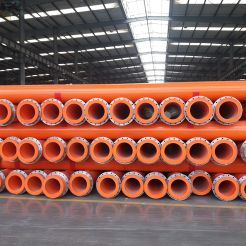Weatherstripping Manufacturer
Product Description
https://www.cuishiseals.com/window-and-door-weather-stripping.html
Introduction to Weatherstripping
Weatherstripping plays a crucial role in maintaining the energy efficiency and comfort of buildings. By sealing gaps around doors and windows, weatherstripping helps prevent air leakage, thereby reducing heating and cooling costs.
Materials Used in Weatherstripping
Cuishi is a leading manufacturer, that offers a wide range of weatherstripping materials including PU Foam, EPDM, PVC, TPE, and Silicone. Each material has unique properties that make it suitable for different applications.
1. PU Foam Weatherstripping
Polyurethane (PU) Foam weatherstripping is known for its excellent insulation properties. It provides a tight seal, preventing air and moisture infiltration.
Advantages: PU Foam is lightweight, flexible, and easy to install. It offers good thermal insulation and is effective in reducing noise.
Applications: Ideal for sealing windows and doors in residential and commercial buildings. It is also used in HVAC systems for its thermal insulation properties.
2. EPDM Weatherstripping
Ethylene Propylene Diene Monomer (EPDM) is a synthetic rubber known for its durability and resistance to extreme weather conditions.
Advantages: EPDM weatherstripping is highly resistant to UV rays, ozone, and temperature variations. It provides excellent sealing and is long-lasting.
Applications: Commonly used in automotive weatherstripping, door seals, and window seals. It is also used in industrial applications due to its durability.
3. PVC Weatherstripping
Polyvinyl Chloride (PVC) weatherstripping is a versatile material that offers good weather resistance.
Advantages: PVC is durable, cost-effective, and easy to install. It provides good resistance to moisture and chemicals.
Applications: Suitable for use in both residential and commercial buildings. It is often used in door and window seals, as well as in other sealing applications.
4. TPE Weatherstripping
Thermoplastic Elastomer (TPE) combines the properties of rubber and plastic, making it a flexible and durable weatherstripping material.
Advantages: TPE is flexible, weather-resistant, and recyclable. It provides a good seal and is easy to install.
Applications: Used in automotive weatherstripping, window seals, and door seals. It is also suitable for use in HVAC systems and other sealing applications.
5. Silicone Weatherstripping
Silicone weatherstripping is known for its exceptional temperature resistance and durability.
Advantages: Silicone provides excellent resistance to extreme temperatures, UV rays, and ozone. It offers a long-lasting seal and maintains flexibility over time.
Applications: Ideal for use in environments with extreme temperature variations. It is commonly used in door seals, window seals, and industrial applications








